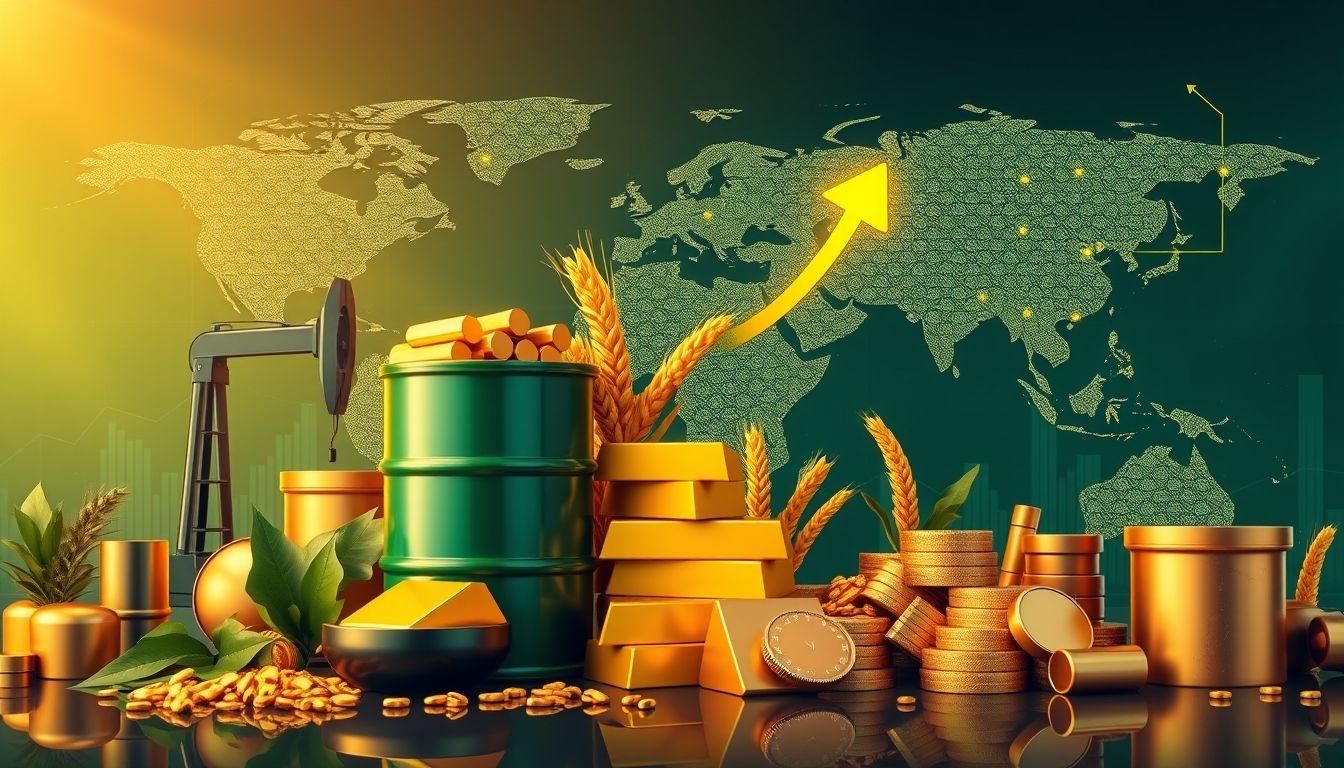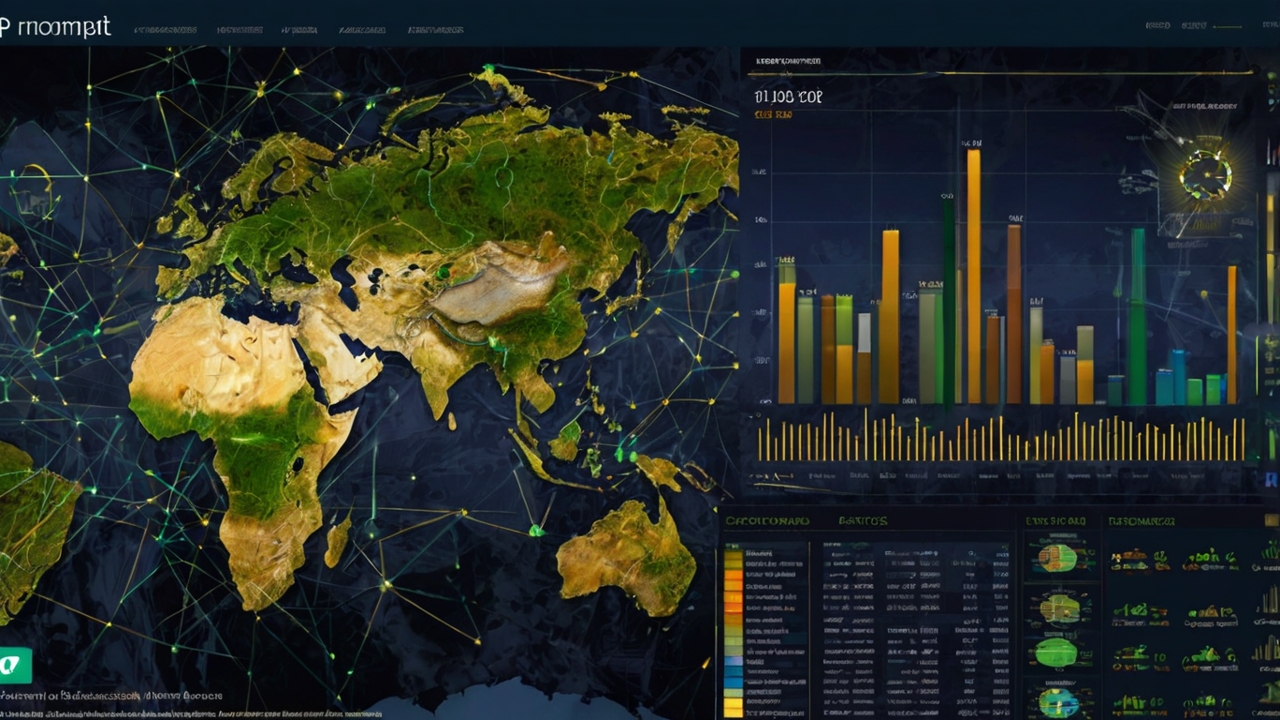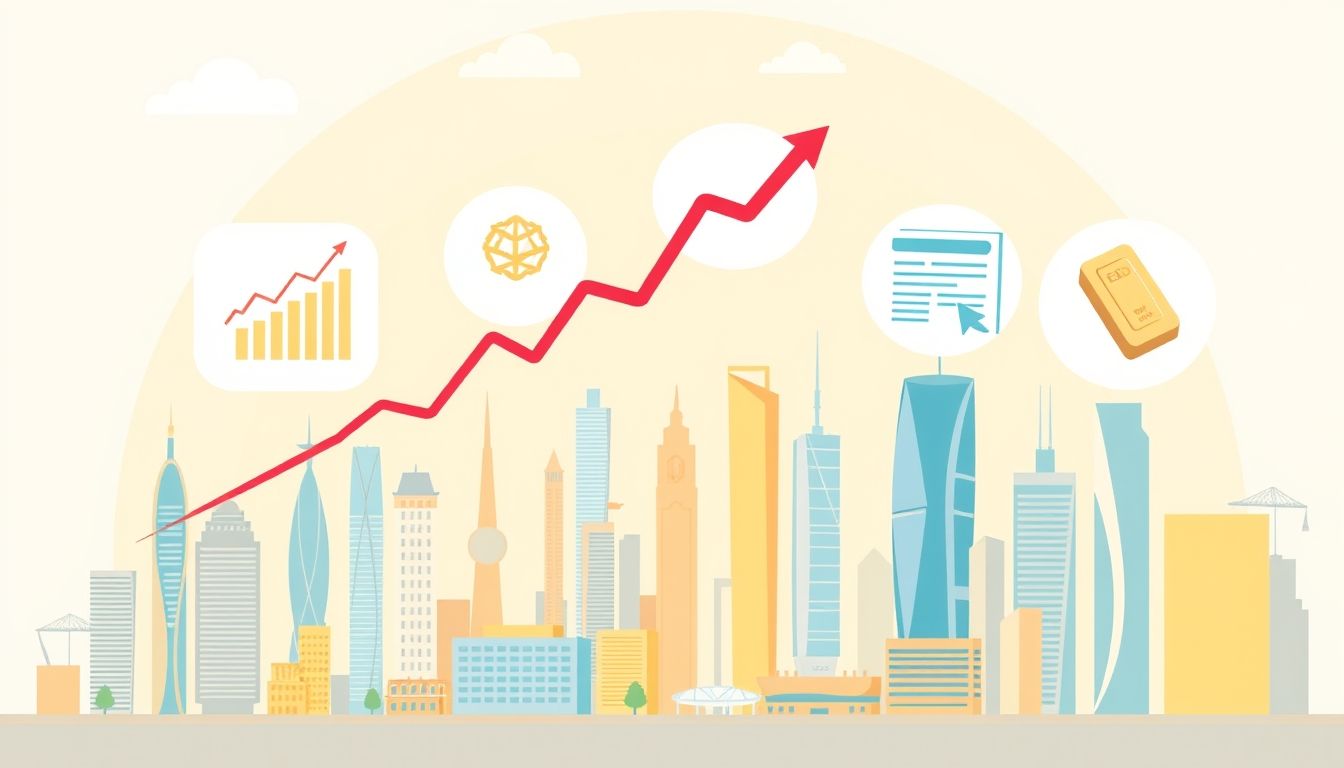Introduction to Commodity and Raw Materials Funds
Commodity and raw materials funds are investment vehicles that allow investors to access commodity markets without the need to purchase or store physical commodities. These funds include a wide range of commodities, such as oil, natural gas, precious metals (gold and silver), industrial metals (copper and aluminum), and agricultural products (wheat, corn, and coffee).
Why Invest in Commodity and Raw Materials Funds?
Investing in these funds offers several potential benefits:
- Diversification: Can help diversify the investment portfolio and reduce overall risk.
- Inflation Hedge: Commodity prices often rise during periods of inflation, making them a hedge against inflation.
- Benefit from Economic Growth: Demand for commodities increases with economic growth, which can lead to higher prices.
- Ease of Access: Commodity funds provide an easy way for individual investors to participate in commodity markets.
Types of Commodity and Raw Materials Funds
There are several main types of commodity funds:
- Index Funds: Track the performance of a specific commodity index, such as the S&P GSCI index or the Bloomberg Commodity index.
- Actively Managed Commodity Funds: Managed by fund managers who seek to outperform benchmark indexes by selecting commodities they believe will perform well.
- Commodity-Related Equity Funds: Invest in stocks of companies operating in the commodity sector, such as oil, mining, and agriculture companies.
- Real Estate Investment Trusts (REITs) specializing in agricultural land: Invest in agricultural land directly or in companies operating in this field.
How to Choose the Right Commodity Fund
When choosing a commodity fund, consider the following factors:
- Investment Objectives: What are your goals for investing in commodities? Are you looking for diversification, inflation hedging, or high returns?
- Risk Tolerance: What level of risk are you willing to take? Commodity funds can be volatile, so you should be prepared for price fluctuations.
- Management Fees: What are the management fees charged by the fund? High fees can reduce your returns.
- Historical Performance: How has the fund performed in the past? Note that past performance is not a guarantee of future performance.
- Fund Size: Is the fund large enough to be liquid and easy to trade?
- Focus on a Specific Sector: Some funds focus on a specific sector of commodities, such as energy or precious metals. Does this focus align with your investment strategy?
Risks of Investing in Commodity Funds
Investing in commodity funds carries some risks:
- Volatility: Commodity prices can be highly volatile, which can lead to significant losses.
- Geopolitical Influences: Geopolitical events, such as wars and natural disasters, can affect commodity prices.
- Changes in Supply and Demand: Changes in supply and demand can affect commodity prices.
- Contango: Sometimes, the prices of commodity futures contracts are higher than spot prices, leading to losses when contracts are rolled over.
- Currency Risk: If the fund invests in commodities denominated in a foreign currency, your returns may be affected by exchange rate fluctuations.
Investing in Commodity Funds in the Arab Market
Investing in commodity funds in the Arab market may be limited compared to global markets. However, some options are available, such as:
- Local Investment Funds: Some banks and investment companies in the region offer funds that invest in stocks of companies operating in the commodity sector.
- Investing in Global Funds: Arab investors can invest in global commodity funds through financial brokerage companies.
- Direct Investment in Company Stocks: Investors can buy shares of companies operating in the commodity sector listed on local or global stock exchanges. For example, major oil companies like Aramco and SABIC.
Real-World Examples from the Global Market
There are many commodity funds traded on global stock exchanges, including:
- Invesco DB Commodity Index Tracking Fund (DBC): Tracks the performance of the DBIQ Optimum Yield Diversified Commodity Index Excess Return.
- iShares S&P GSCI Commodity Indexed Trust (GSG): Tracks the performance of the S&P GSCI Total Return Index.
- United States Oil Fund (USO): Aims to track the daily changes in the price of light sweet crude oil.
Practical Tips for Investing in Commodity Funds
Here are some practical tips for investing in commodity funds:
- Do Thorough Research: Before investing in any fund, do thorough research on its objectives, strategy, risks, and fees.
- Start with a Small Amount: Don't invest all your money in commodity funds at once. Start with a small amount and gradually increase your investment.
- Diversify Your Portfolio: Don't rely on commodity funds alone. Diversify your investment portfolio to include other assets, such as stocks, bonds, and real estate.
- Monitor Your Investment Regularly: Monitor your investment performance regularly and make adjustments as needed.
- Consult a Financial Advisor: If you are unsure how to invest in commodity funds, consult a qualified financial advisor.
Analyzing the Historical Performance of Commodity Funds
Analyzing the historical performance of commodity funds can help you understand how they perform in different market conditions. For example, during periods of inflation, commodity funds may outperform stocks and bonds. However, remember that past performance is not a guarantee of future performance.
Future Outlook for Commodity Prices
The future outlook for commodity prices depends on many factors, such as global economic growth, changes in supply and demand, and geopolitical events. For example, if the global economy is expected to grow strongly, demand for commodities may increase, leading to higher prices. On the other hand, if there is a surplus of a particular commodity, prices may fall.
Conclusion
Commodity and raw materials funds can be a valuable addition to your investment portfolio, but they require a good understanding of the risks and opportunities. By doing thorough research and following practical tips, you can make informed investment decisions and increase your chances of achieving your financial goals.
Disclaimer: This article is for informational purposes only and does not constitute investment advice. You should consult a qualified financial advisor before making any investment decisions.




